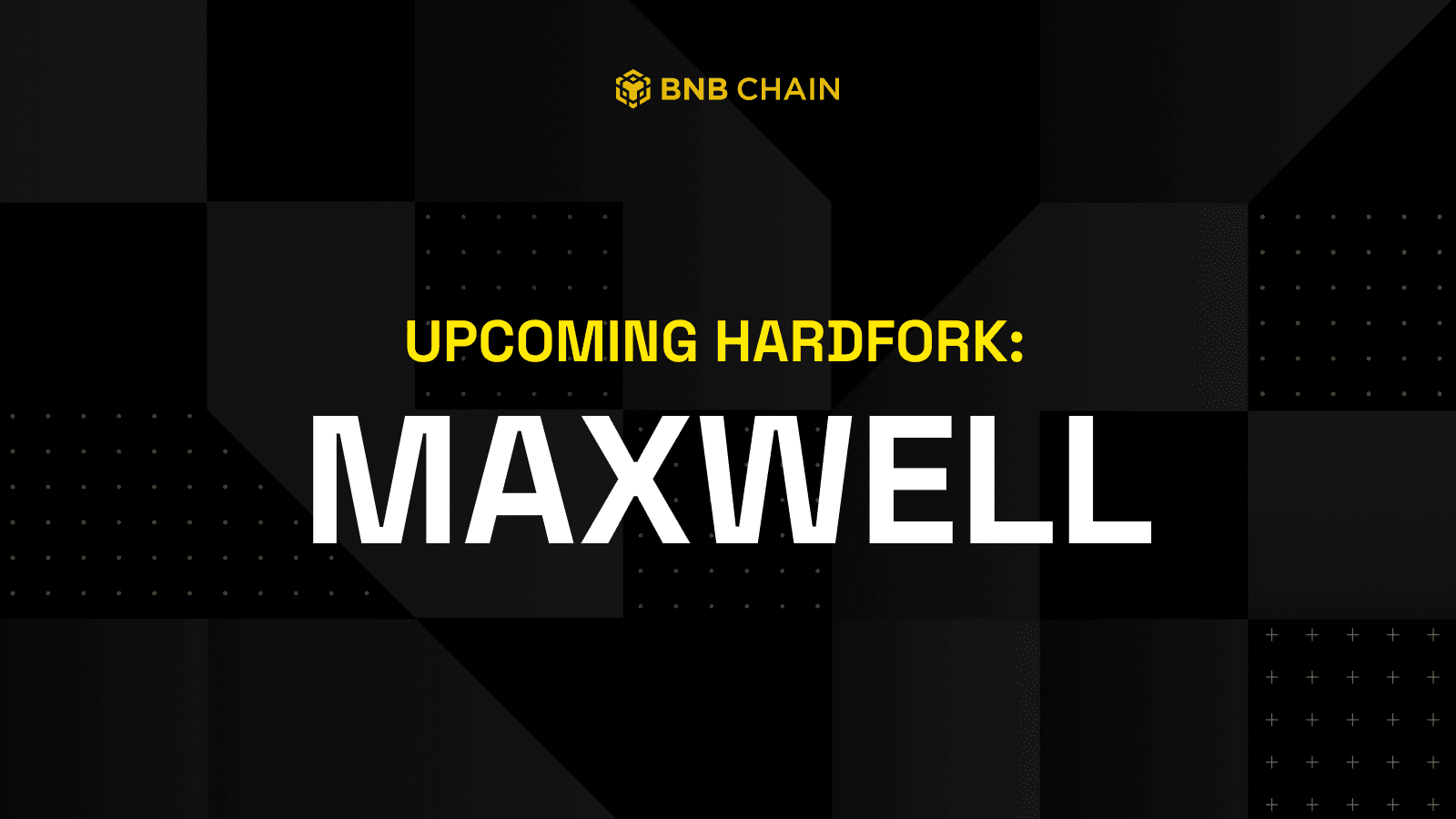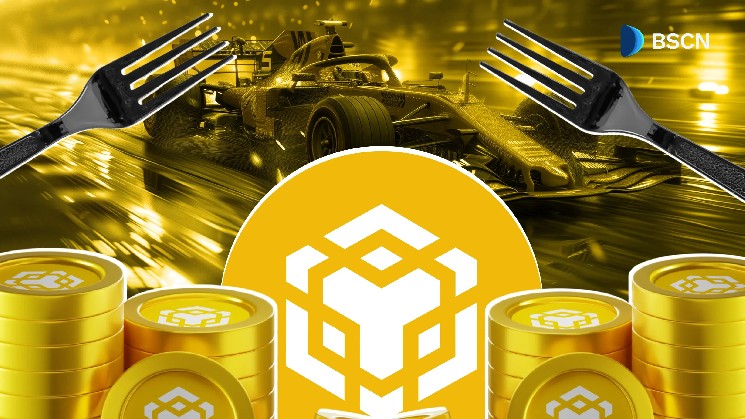June 2025, BNB Chain You will receive one of the most important upgrades ever Maxwell Hardfork. After Pascal and Lorentz Hardforks, Maxwell is more than just an update. This is a strategic upgrade designed to significantly improve the speed, stability and edge of BNB smart chains in today’s rapid blockchain space.
What is Maxwell Hardfork?
Maxwell is a protocol upgrade that reduces the block time of a BNB chain from 1.5 seconds to just 0.75 seconds. This was a major boost from the Lorenz hard fork in April, which had already reduced the interval from 3 seconds to 1.5.
By reducing block intervals, Maxwell creates all interactions in BSC, whether it’s token swap, NFT mint, or DAPP actions, and feels almost instantly.
This improvement is designed to support the burgeoning demand in the BNB chain’s high frequency trading, DEX transactions and booming memocoin space. The upgrade is intended to not only accelerate transactions, but also reduce congestion and improve the overall user experience.

Image: BNB Chain
Why is speed important?
Block time is an important performance metric for any blockchain. Faster blocking means faster confirmation, faster finality, and less waiting. Maxwell upgrades allow you to achieve the finality of your BNB chain in just 1.875 seconds.
This allows for real-time resolution of transactions. This is important for everything from financial transactions to games. In short, Maxwell Hardfork transforms BNB chains into faster, more responsive networks, driving it in races with Ethereum and other smart contract platforms.
Core suggestions: BEP-524, BEP-563, and BEP-564
Maxwell comes with three technical suggestions to collaborate to improve performance and network integrity.
BEP-524: 0.75 seconds block interval
The proposal will again cut block time by half, based on Lorenz’s momentum. Enables faster transaction checking, improves DAPP responsiveness, and better unlocks UX defi and the GameFi platform.
BEP-563: Improved Validator Communication
Faster blocks mean that validators need to reach consensus more efficiently. BEP-563 enhances peer-to-peer messaging, reduces latency in synchronization, and misses votes. This allows validators to keep up with a higher frequency.
BEP-564: Smarter synchronization mechanism
This proposal adds two new messages to the protocol – GetBlocksbyrangemsg and raveblocksmsg to streamline the block synchronization process. Nodes can request and receive multiple blocks in fewer steps, increasing network stability.
Impact on users and developers
For users, all on-chain simply feels fast. The swap is completed faster. Game movements are registered without delay. The transaction is cleared as soon as it is signed.
However, for developers, upgrades require preparation. Time-based logic for smart contracts may require revisions to avoid errors at shorter block intervals. The rapid pace of Finality also opens up new design opportunities, but requires thorough testing.
Validators need to be prepared
Validators and node operators must upgrade their systems prior to Maxwell’s launch. An increase in block frequencies leads to greater computational demand and faster consensus cycles.
Maxwell also brings changes to the role of the validator.
- Epoch length Increases to 500-1000 blocks.
- Turn Length Jumps take 8-16 blocks (12 seconds when the baller turns at the new block speed).
- Fast finality This will happen in just under 2 seconds.
These adjustments will keep your network stable even if the speed is doubled. Operators who update the remaining risks or lose consensus.
How Maxwell affects MEV
It is also noteworthy that Maxwell’s impact on Miner Extractable Value (MEV). Just 0.75 seconds between blocks and less than a second to submit bids for MEV searcher and builder. Many strategies that worked with long block windows may no longer be viable.
This reduces operational time and potentially creates a potentially fair environment, but also increases the standards for infrastructure preparation.
Timeline: What’s next?
May 20, 2025: Releases available for testing
May 26, 2025: Testnet Hard Fork
June 30, 2025: Mainnet Hard Fork
Upgrades will only be live on the mainnet if all TestNet exit criteria are met. These do not include stable 0.75 seconds block production, consistent validator synchronization, and chain riog spikes.
What should I do?
If you are a validator:
Update the software ahead of the Testnet Fork in May. Monitor system performance and prepare for increased workload.
If you’re a developer:
Test your smart contracts and applications at 0.75S block intervals. Beware of racial status and sync-related bugs.
If you are an infrastructure provider or replacement:
Ensure compatibility with updated network protocols. This includes RPC, indexers, explorer, and wallets.
BNB chain Maxwell Hardfork is part of a major roadmap for 2025. Previous Upgrade Pascal Set stages (smart contract wallet, better EVM support) and Lorentz (block time is half to 1.5 seconds). Now, Maxwell is pushing the limits of what is possible with BSC.
Together, these upgrades are intended to make BNB chains faster, cheaper and safer.






